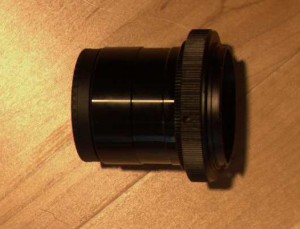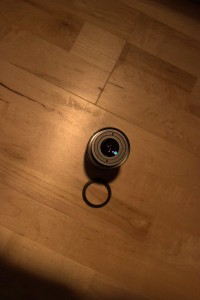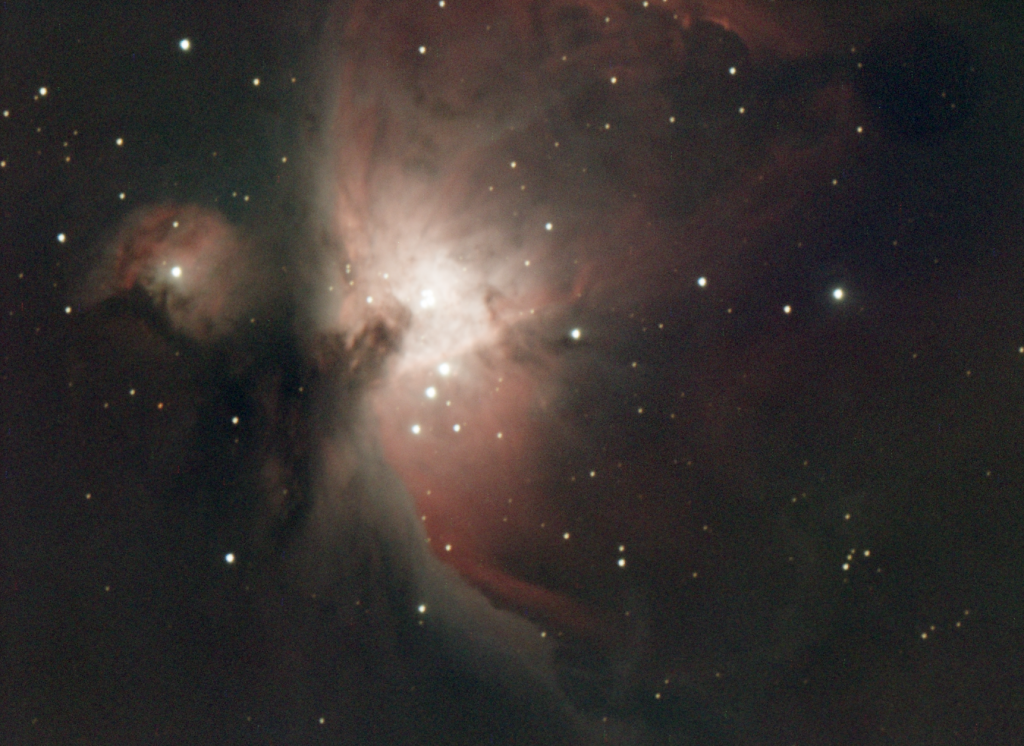Astrophotography is a specialized field of photography that involves capturing images of celestial objects and the night sky. The range of photographs you can create is really diverse. From capturing star trails using a simple setup to capturing images of the deep sky using a sophisticated setup involving telescopes and what not, there is so much to learn. Though astrophotography requires you to put in extra effort and time, it is highly rewarding when you see the striking results you’ve produced. Here are some links to great astrophotography resources and tutorials to inspire you to go out and start photographing.
1. Astrophotography Techniques
This is a comprehensive guide by Jerry Lodriguss that takes you through the topic of astrophotography and how it is done. From introduction to the topic to the equipment needed and the software required to get the job done, this guide lists it all. Do check out the other links as well:
– Accessories for Astrophotography
– Telescopes for Astrophotography
– DSLR Cameras for Astrophotography
2. From Beginners to Pros: A List of Video Tutorials
If you would like to do astrophotography using just your camera and a tripod, or if you would like to use a telescope and you’re wondering how to attach your DSLR camera to your telescope, you should check out the long list of videos there.
Prime focus astrophotography
Prime focus astrophotography requires an SLR with removed SLR’s lens to attach the camera directly to the telescope, effectively using your telescope as the lens. As you can see I like to put a clear filter on it to protect the chip. All that’s required to do this is a ring adapter designed to fit your camera’s mount (Canon) and a “T-Adapter” which includes an eyepiece barrel that slides into my telescope’s eyepiece opening. Having achieved this setup, aim your telescope, set the exposure, and fire away.
One of my telescopes is a 1500mm focal length Makusatov Intes 603 as shown on the left side.
SCT:
Visual: Antares F 6,3 Reducer Corrector – SCT Mirror – Eyepiece – 2 Times to the left
Prime Focus: SCT Adapter – T2 Adapter – 2 Times to the left
TMB 80
- Visual: 2″ Mirror Eypiece
- Prime focus: 2″ Adapter – T2 Adapter
Focal Projection astrophotography
SCT
- Focal Projection: Antares F 6,3 Reducer Corrector – SCT Adapter – Hyperion Eyepiece with T2 Adapter – 10 Times to the left
- Focal Projection: Antares F 6,3 Reducer Corrector – SCT Mirror Eyepiece with T2 Adapter – 0 Times to the left
TMB 80
- Focal Projection: 2″ Mirror – Short Piece -T2 Adapter – 40 mm Eyepiece
- Focal Projection: 2″ Mirror – Short Piece -T2 Adapter – Hyperion Eyepiece
This post is a good starting point to get introduced to the topic and the various methods of astrophotography, all on a single webpage. As the title says, it is not really a tutorial but a primer on the topic. Another great how-to guide can be found here on Instructable.
4. Photoshop Tutorials for Astrophotography
It always takes a bit of post-processing to take your photos to the next level, and in the case of astrophotography, post-processing is an essential step. This post on the forum of Stargazers Lounge lists links to some very useful image processing articles and videos. This pdf guide, for instance, takes you through the steps involved in using the levels adjustment to drastically improve your deep sky photos. Here are some cool links found on the page:
– Astro Imaging Tutorials
– Star Color Enhancement in Photoshop
– Photoshop Techniques for Astrophotography
5. Digital SLR Astrophotography
This step-by-step guide by Ray Shore directs you on how to use your DSLR to photograph deep sky. Full with comprehensive instructions, this tutorial guides you right from the point where you are taught how to attach the camera to the telescope to the final step that involves image processing.




